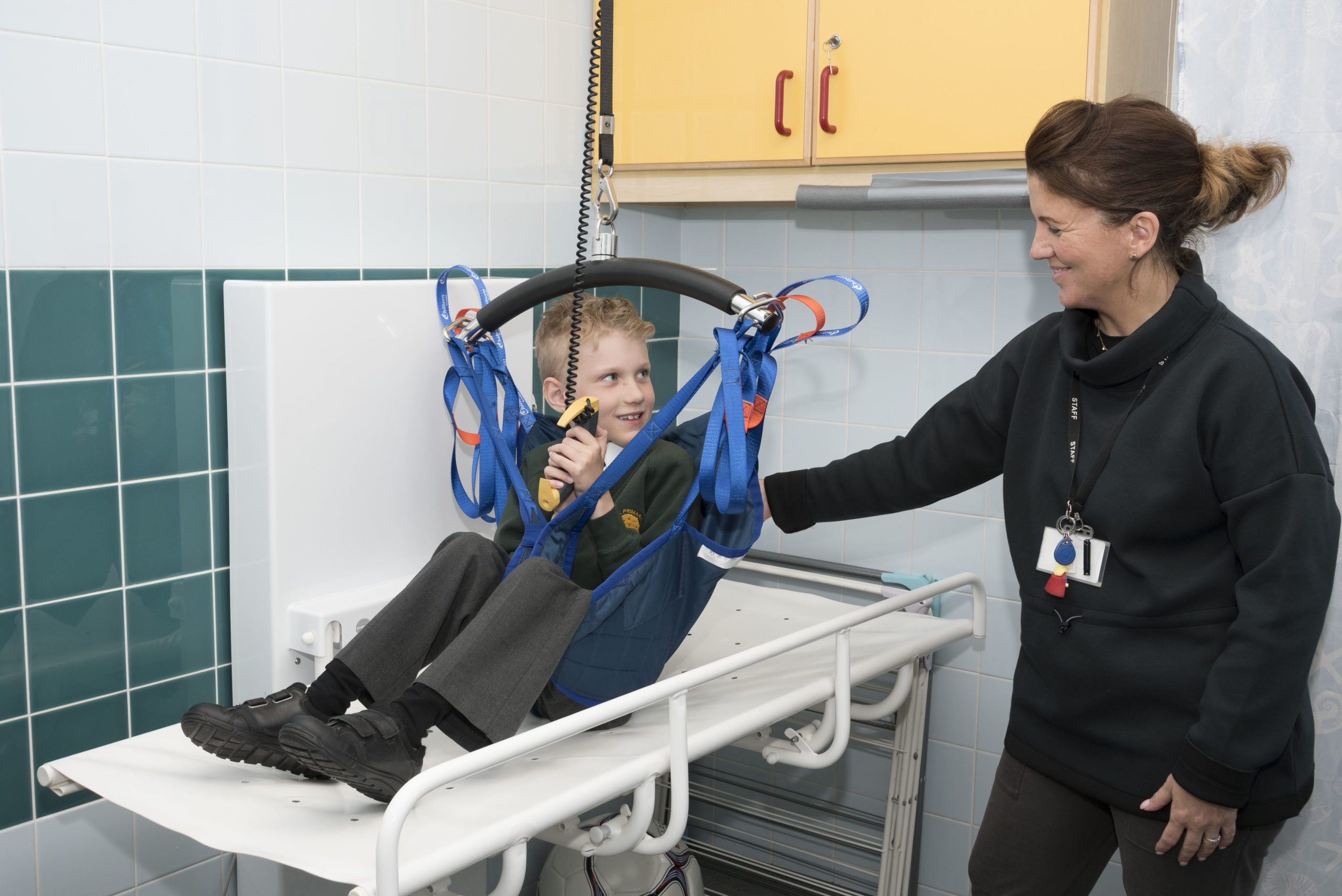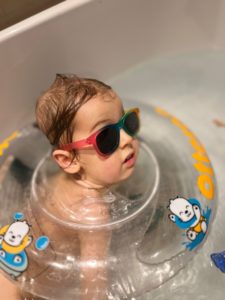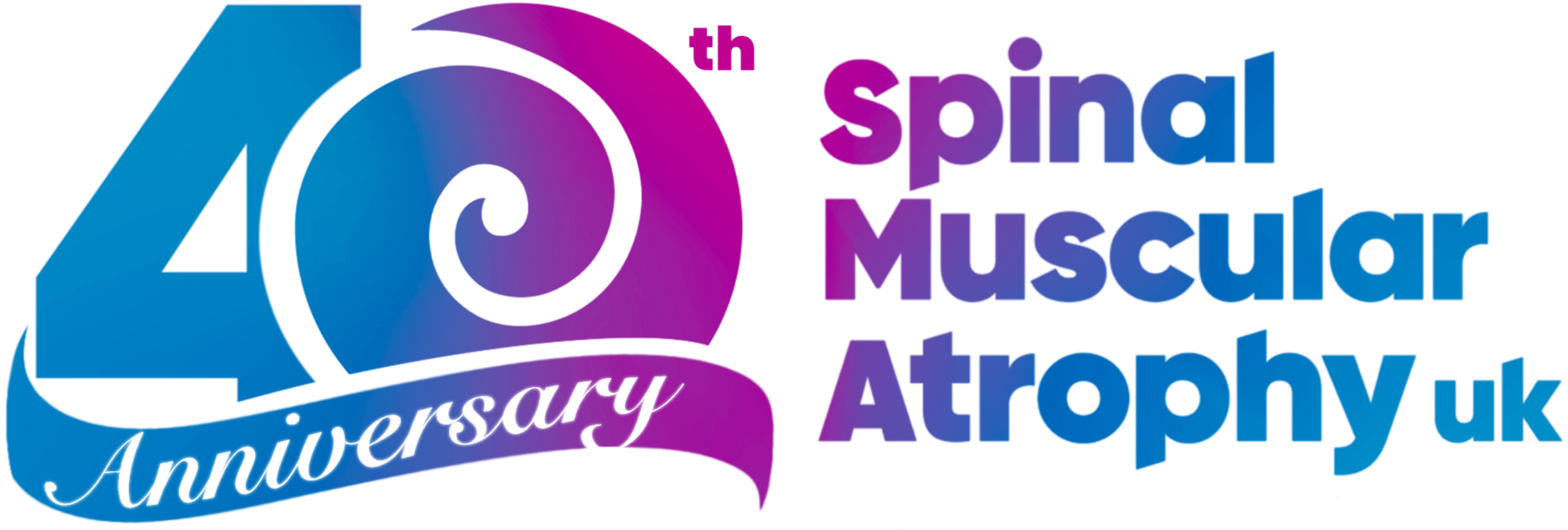Children (0-12 years) Equipment

Children (0-12 years) Equipment
Page last checked January 2025
Latest addition: July 2025
You will be able to talk to your child’s occupational therapist (OT) or physio about what sort of buggy your child needs to be comfortable and safe . This section covers questions to ask, things to think about, funding and where to find more information. We also have some community tips about carriers for times when you can’t use your buggy.
Hospital appointments, emergencies, supermarket shopping, family outings. These are all times when you want your child to travel in safety and comfort. We answer your questions about how.
Supportive seating is essential to promote and maintain good posture and to minimise the risk of problems developing with the joints.
Tables and Chairs
Some young children with SMA will get on well with small chairs and tables like the ones you see at libraries and nurseries.
check what is suitable for your child with your physio/OT:
- FUNLIO Montessori height adjustable weaning table and chair set– for age 1-3 – from Amazon >, ebay and other suppliers.
- Homcom Kids table and chair set from Mix >, ebay and other suppliers.
- A406 Kids Study Desk Study table and chair set from Amazon >, ebay and other suppliers.
- Juni adjustable foldable table and chair from Smirthwaite >.
- Connect rectangular table from Smirthwaite >.
- Children’s desk from IKEA >.
- Children’s chair from IKEA >.
Specialist seating
Some young slightly weaker children need specialist seating that offers increased postural support. This may be provided – see Funding below. Specialist seating can include:
- specific head support and trunk support
- backrests that will angle back
- leg rests that will allow the legs to be elevated
- ‘tilt in space’ which allows the whole seat, including the backrest, to be tipped back.
All these possibilities enable a child to change position throughout the day. This can help with comfort and relieving pressure.
If your child is being seen regularly, your occupational therapist (OT) or physio will assess your child’s seating needs. This includes at bath time. They will take into account your child’s muscle strength and any breathing difficulties.
If your child is not being seen regularly, but you are concerned about their posture and seating, contact your GP or neuromuscular consultant. Ask for a referral to an OT or physio.
These seats that attach to dining chairs have been suggested by families. Please check what is suitable for your child with your physio or OT :
- Special Tomato soft-touch sitter > – alternative seating for children with mild to moderate postural needs. Available in a range of sizes for children aged one through to adults.
- Firefly GoTo Seat > – supportive, lightweight and portable seat designed to provide additional upper body postural support for disabled children aged 1-8 years.
Funding
If your child needs specialist seating, your OT should be able to supply some free via the NHS or the Local Authority. Usually they can only supply what is needed at the child’s main home address.
If parents are separated or children spend a lot of time with grandparents or relatives, more than one seating option might be good. But it would need to be privately funded.
If you need financial help to buy seating that cannot be provided by the NHS or Social Services, you may be eligible for our:
The Support Team > at SMA UK can also suggest other charities that may provide a grant.
For more information, see Tab 15. Funding For Equipment below.
Walking Equipment
The health authority is responsible for providing equipment for medical needs. This includes wheelchairs. How WS are organised and what they will fund varies from region to region. Many have a waiting list.
Whether they are able to walk or not, some children may use a lightweight manual wheelchair. This may be for most of the time or only some of the time. For example, it might make a trip to an indoor shopping centre more enjoyable and less tiring.
Your child’s OT and / or physio will be able to advise if a manual chair is a suitable option for your child. They may involve Wheelchair Services (WS) in any assessment of your child’s posture and position. You will be advised on the most appropriate make and model and when, where and how it could be used.
Living Made Easy / Manual Wheelchairs > may be helpful for any discussions with your OT or physio. Not all items are suitable for children.
If your child’s OT and WS agree that a manual wheelchair is essential for indoor mobility, the NHS will provide one for your child. If you prefer an option that they cannot provide, but they agree it is still suitable, they may part fund it.
Some children may need a manual chair as a ‘backup’ to their powerchair. If the manual wheelchair is only a backup, it is unlikely the NHS will fund it.
- Whizz-Kidz >– provides very small manual and powered wheelchairs allowing toddlers to explore their surroundings independently. They do this on a loan basis and as quickly as possible from initial contact. They also fund a range of powered and manual wheelchairs for children under 18 years of age, if wheelchair services can not provide the mobility equipment needed. They also provide information, advice, activity programmes and wheelchair skills training programmes, as well as this guide: Caring For Your Wheelchair: Wheelchairs and Equipment >
- Go Kids Go > – training and expert advice for wheelchair using children.
If you need financial help to buy a chair that cannot be provided by the NHS, you may be eligible for our:
The Support Team > at SMA UK can also suggest other charities that may provide a grant.
For more information, see Tab 15. Funding For Equipment below.
Also see: Power Packs for Manual Chairs on the Powered Mobility page >
Due to their muscle weakness, many children with SMA need powered mobility equipment to get around at home, nursery / school, and for going out.
Powerchairs are complex pieces of machinery. They need maintenance and insurance cover. What you choose affects what vehicle you may need and potential adaptations to your home. You will need to work closely with your OT to trial and select the right one for your child. They will advise you what help you can get with funding.
You can find suggestions and links on all these topics:
We have been asked about safe support for infants and young children in the water. We have had a number of helpful suggestions from parents of children of different ages and with different head or neck strength.

Neck rings:
For infants.
- The Otteroo neck float > a US company.
- Medium neck ring > a US company.
‘I actually never used a neck float with Ez- he has never liked the restriction of them and the Otteroo one is particularly expensive .. but very good by all accounts I have heard. There are lots of similar ones on the market, but some of them are super flimsy … and scratchy.’
Portia Thorman, Mum of Ez now age 7 who has SMA Type 1.
Float Suits:
For children ages 3 and up who have some level of head control. There is a big range on the market.
Portia says, ‘The Speedo Learn to Swim Float suit is what Ez has now. Its brill .. he is happy in the water totally independently in it and can practise his steps …Lots of posible suppliers. ‘
Making your child comfortable and safe at night can be challenging. You also need to get enough sleep yourself. There are ideas to help with this:
Whenever you are lifting your child, you need to take care to avoid injuring your back. Physios and OTs can provide advice on the best ways to lift and move your child. They can also provide advice on equipment such as hoists.
Many devices and systems that will support your child are now on the general market. This helps reduce costs and improve availability. There is a huge range:
- Computer software and hardware, such as voice recognition programmes and screen readers.
- Adaptive switches for computer gaming
- Communication aids, for example, an ‘eye-tracking’ device to operate a computer
- Environmental control systems.
For play and learning at home, your child usually needs an assessment by a Specialist in Assistive Technology. Your OT or physio will be able to tell you about local services and potential funding.
If your child needs specialist computer access at school, this should be assessed through their Education, Health and Care Plan > and provided through education services.
The sections above mention a lot of the possible equipment to support your child in their day-to-day life. Other items and accessories, sometimes small, can also make a difference. They can help your child participate fully at home and school. For example:
- Automatic page turners, book holders and adapted pencil grips
- Ramps and grab bars
- Specialised handles and grips to help with eating and reaching
Your child’s OT or physio will discuss your child’s needs and what may be helpful for them. They may be able to provide what you need. If your child’s needs are medical, funding should come from the health authority. If their need is about personal care and daily living, funding is from the Local Authority via Social Services. Your OT should guide you.
These budgets are limited and may not cover every item that your OT suggests and there can be delays. Also, new products are coming on to the market all the time. If you want to see what the range is, and potentially buy anything yourself, do ‘try before you buy’.
You may find it helpful to visit one of the equipment exhibitions held around the country.
- Kidz to Adultz > exhibitions are held five times a year in the UK specifically for children and young people (aged up to 25 years).
If the health or local authority cannot fund an item, you may be able to get help with funding. Your OT or another professional must verify that your child would benefit from it.
- See Tab 15 Funding for Equipment below.
Buying used disability equipment
If the NHS or Social Services cannot provide you with an item, this can be a good way to save money and get what you need for daily living.
- Scope buying used equipment > summarises what to think about and where to look.
Selling used disability equipment
gives If you have disability equipment that you no longer need, you may be able to sell it.
- Scope selling used equipment > suggests how to go about it.
Donating and recycling used disability equipment
There are several charities that accept donations of used disability equipment.
- Scope donating and recycling equipment > gives suggestions.
If you are keen to try to pass on your equipment to other people affected by SMA, you can see if this is possible through one of the SMA online communities >.
Equipz > – Disabled Living’s services giving information and advice about equipment and services.
Naidex > – This event showcases wide-ranging solutions to improve mobility and accessibility, the latest innovations and tech. It also explores the future of digital and physical accessibility. It is for anyone living with a health condition or impairment, as well as anyone caring for or supplying to the disabled community. Their event features suppliers, seminars and panels, as well as interactive features.
Kidz to Adultz exhibitions > – Organised by Disabled Living, these are five of the largest, free UK exhibitions dedicated to children and young adults aged up to 25 years, their parents, carers and professionals who work with them.
- would like a printed copy of this information
- have questions we haven’t answered
- need support
